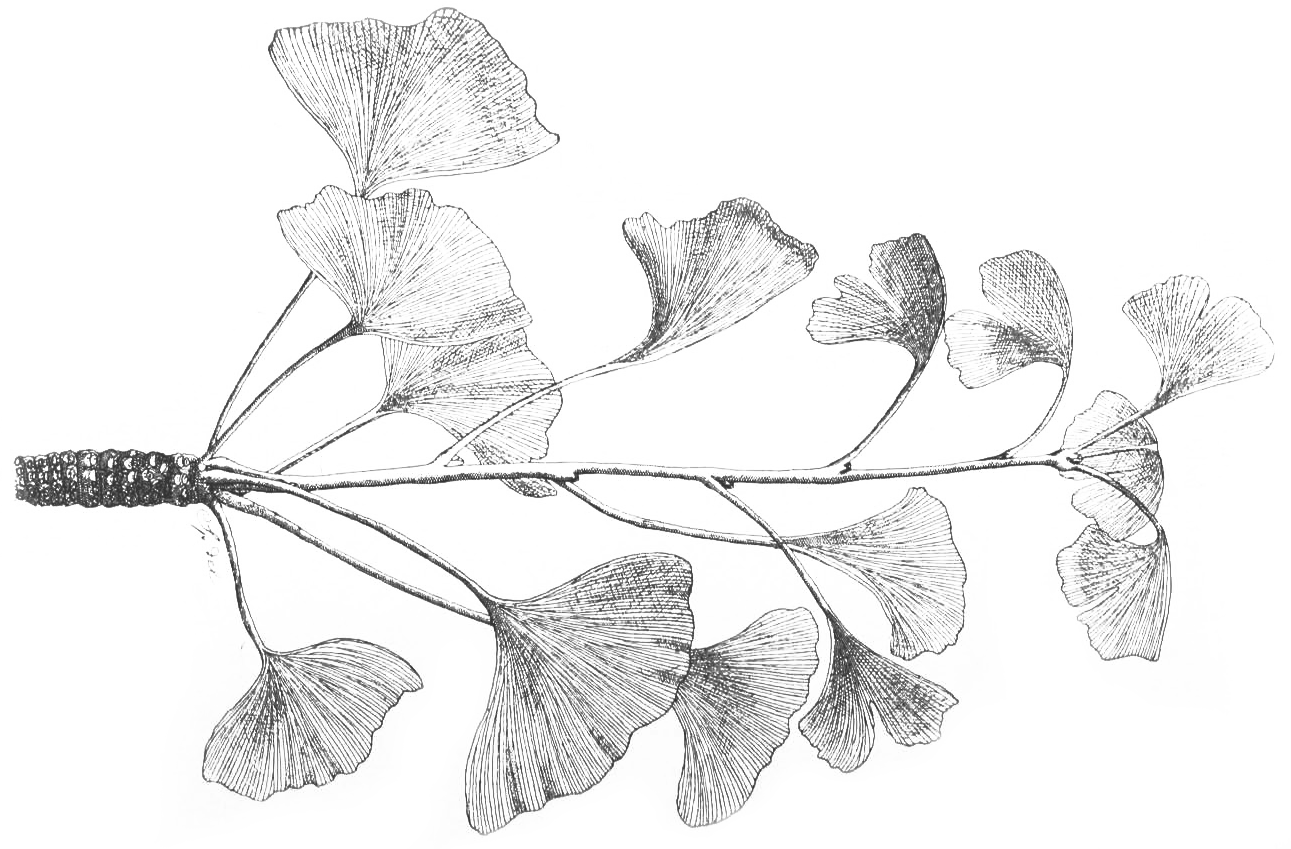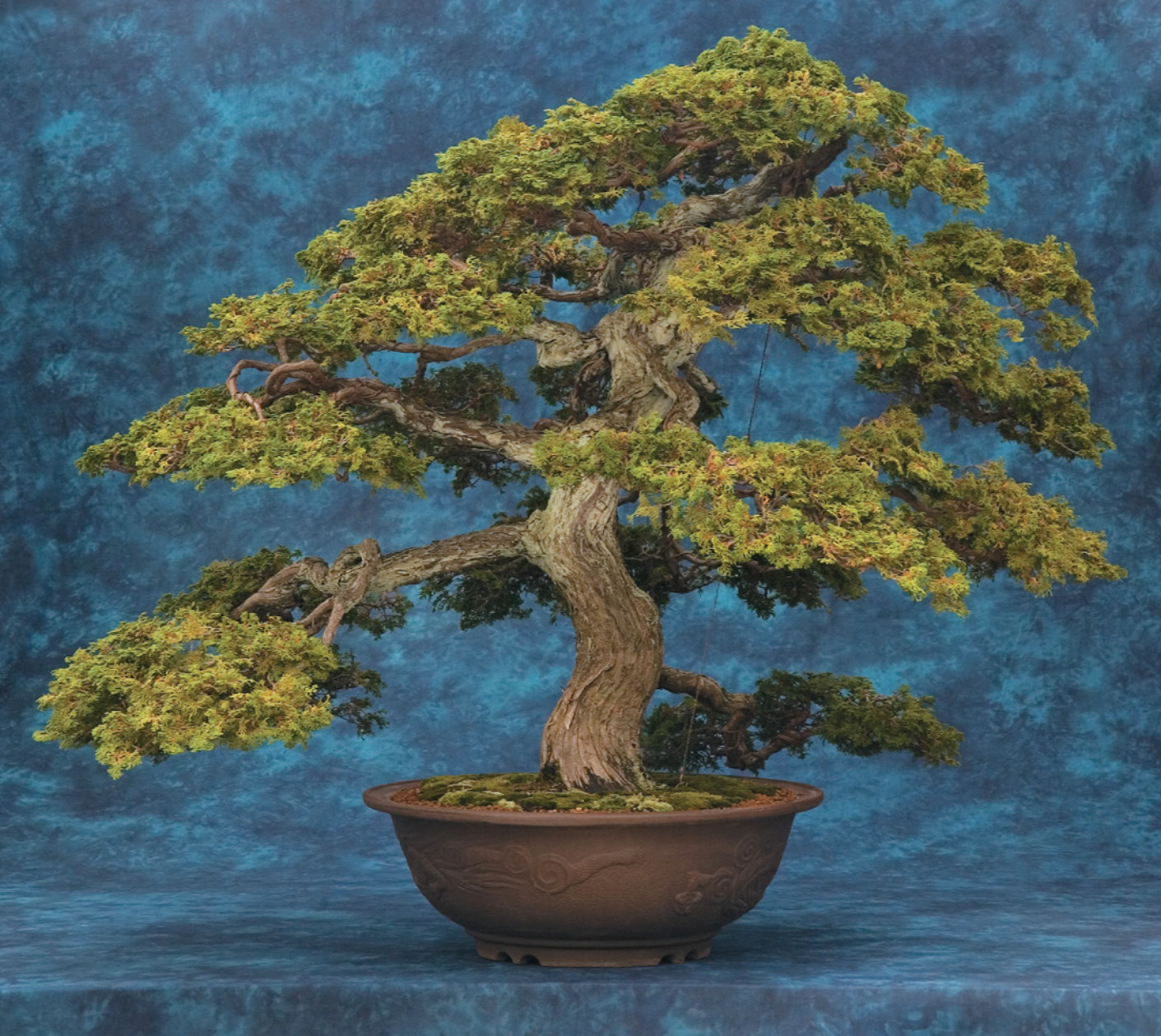Compact Hinoki Cypress
- Scientific Name
- Chamaecyparis obtusa ‘Chabo-hiba’
At nearly three centuries old, this compact cypress was gifted to the Arnold Arboretum in 1937. Today, it is among the oldest trees growing at the Arnold Arboretum.


The Arnold Arboretum Bonsai & Penjing collection began with the donation of the Larz Anderson Collection of Japanese Dwarfed Trees in 1937, and has grown over time with additional specimens donated by a number of private collectors. Today, the collection comprises 71 masterfully curated specimens representing a range of evergreen and deciduous species, including compact Hinoki cypress (Chamaecyparis obtusa ‘Chabo-hiba’), Japanese white pine (Pinus parviflora), trident maple (Acer buergerianum var. trinerve), Japanese maple (Acer palmatum), and cedar elm (Ulmus crassifolia).
The Larz Anderson Collection of Japanese Dwarfed Trees at the Arnold Arboretum was originally imported into the United States by the Honorable Larz Anderson in 1913, upon his return from serving as ambassador to Japan. In April 1937, Isabel Anderson donated the majority of her late husband’s bonsai collection (30 plants) to the Arnold Arboretum, along with the funds necessary to build a shade house for their display. The rest of the Anderson bonsai came to the Arboretum following Isabel’s death in 1949.
The core of the collection consists of 5 large specimens of compact hinoki cypress—each between 150 and 275 years old—that Anderson purchased from the Yokohama Nursery Company. Additional bonsai have been acquired or added to the collection overtime.
Arnold Arboretum volunteers are stationed at the Bonsai and Penjing Pavilion select Thursdays and Sundays, May through October, from 11:00am-1:00pm to answer visitor questions. Contact our Visitor Engagement team (617.524.1718, arbweb@arnarb.harvard.edu) to confirm dates and for additional information.
Resources:



At nearly three centuries old, this compact cypress was gifted to the Arnold Arboretum in 1937. Today, it is among the oldest trees growing at the Arnold Arboretum.
| Plant ID | Accession Date | Received As | Origin | Source |
|---|---|---|---|---|
This quarter-mile tour through the Explorers Garden features stories from the Arboretum’s century and a half of collecting plants around the world. If you’re at the Arboretum, click here to take a version of this tour with Expeditions, our mobile web app.


